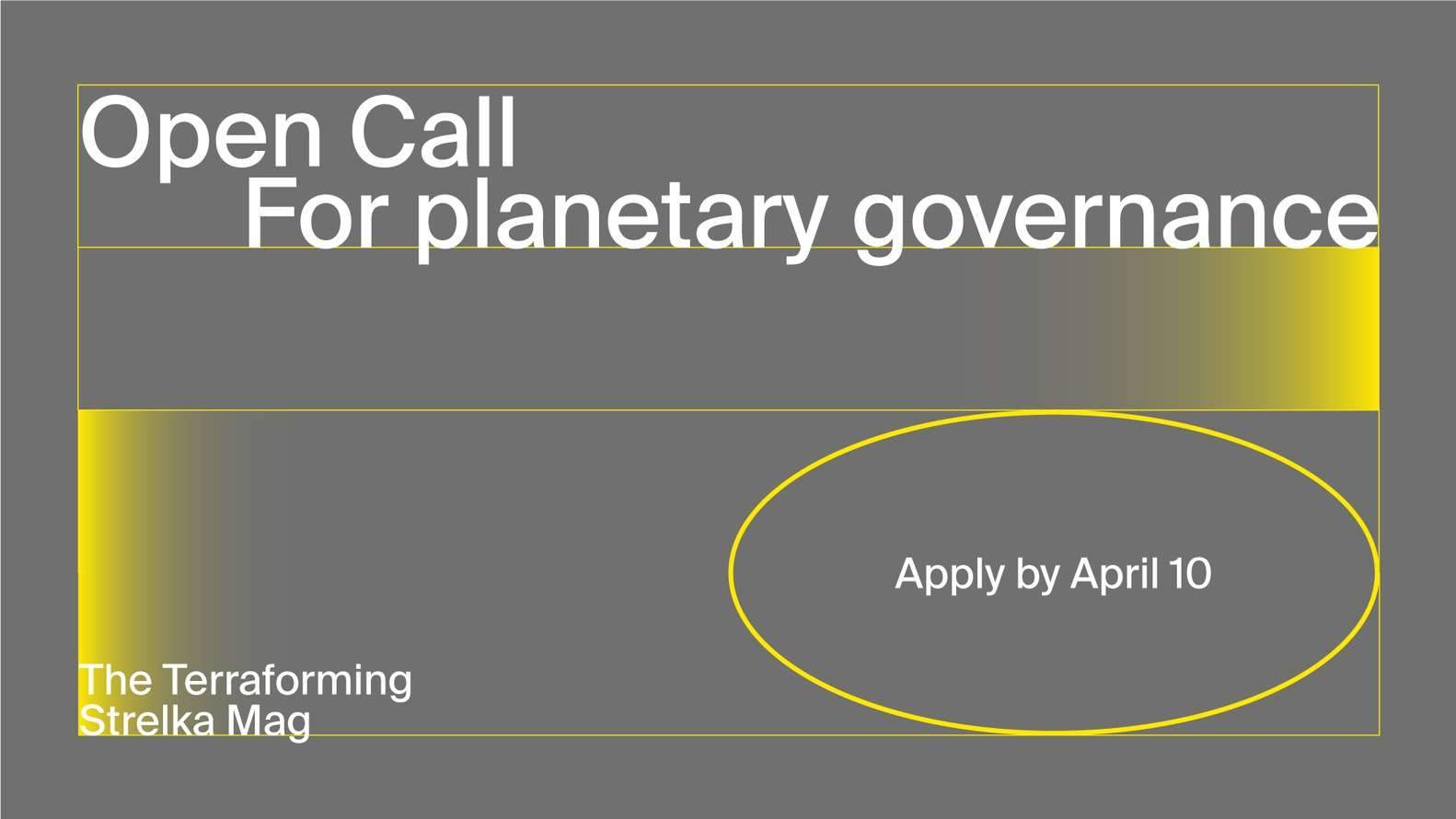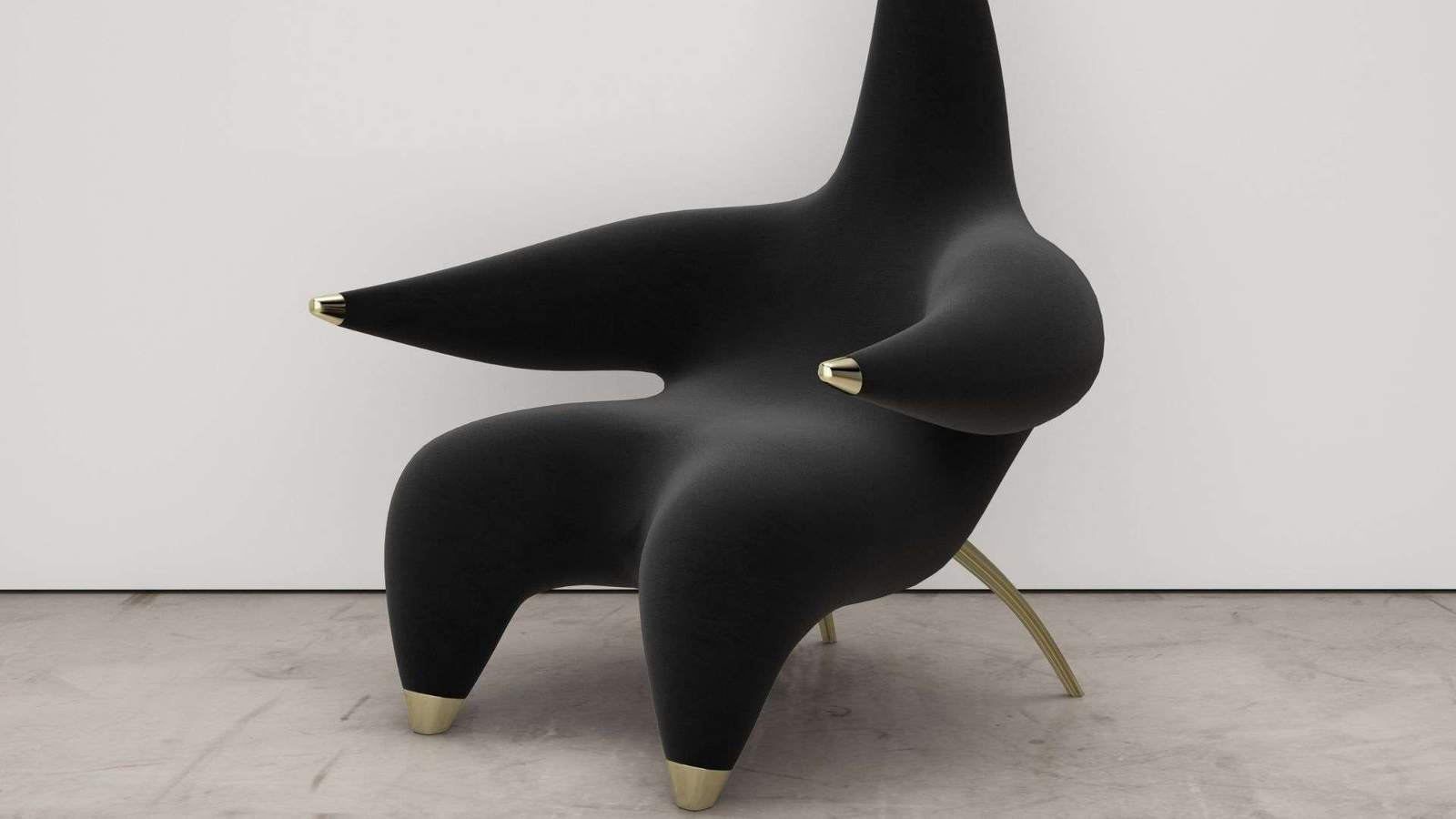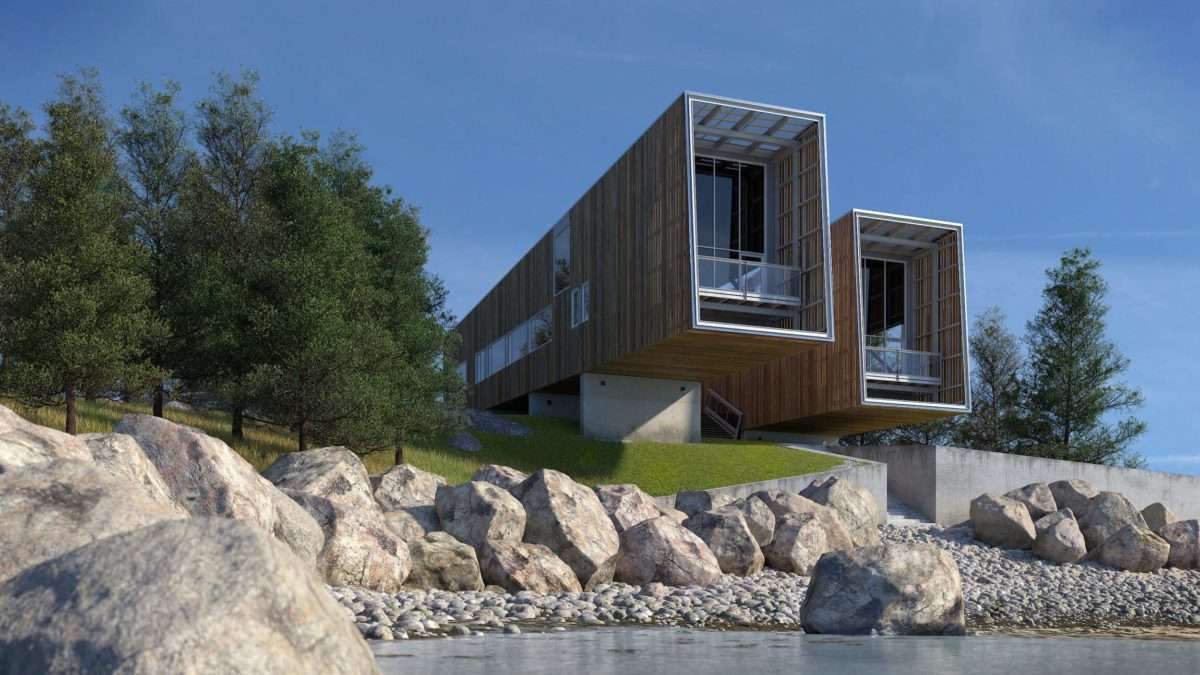Situated on the grounds of Bouchout Castle in Flemish Brabant, the Meise Botanic Garden boasts a spectacular new pavilion called The Green Ark. This pavilion, which was created by NU Architectuur Atelier, is a crucial component of a project to renovate and expand the 7,600 square meters of greenhouses at this renowned plant conservation institution.
Design and Architecture
Within the conservatory complex of the 92-hectare Botanic Garden, the Green Ark is a striking focal point. The dynamic lattice design of the pavilion’s framework, which is made of Kebony Clear wood, gives the surrounding area a contemporary yet organic look.
Greenhouse Integration
The ground level of the glass-enclosed pavilion offers vistas into the surrounding greenhouses, allowing the structure to blend in well with its natural surroundings. Kebony wood shingles, resembling scales, tumble down the steep sides of the Green Ark’s curved roof, forming an aesthetically striking structure. Inside is a striking wooden construction with arches that is supported by a concrete frame.

Sustainable Materials
Kebony’s FSC-certified softwoods were used in conjunction with the Flemish government, De Keyser Wood Industry, and Archipelago Architects by NU Architectuur Atelier. Kebony is renowned for its altered wood process, which increases the solidity and stability of quickly expanding softwood by introducing furan polymers. As a result, it is equivalent to hardwoods in terms of durability. This environmentally conscious decision shows a dedication to promoting less reliance on tropical hardwoods and more environmentally conscious building techniques.
Ecological and Functional Features
In addition to emphasizing sustainability, the Green Ark’s design includes useful elements for the Botanic Garden. Rainwater is recycled into part of the pavilion’s roof structure, which also functions as a level terrace with a raised perspective of the greenhouses. This terrace gives guests a special perspective of the garden’s vast plant collection, which improves their overall experience.
The pavilion also provides educational opportunities regarding the ongoing conservation effort at the Meise Botanic Garden by connecting to the on-site seed bank. This link emphasizes the garden’s dual goals of conservation and education.
All things considered, the Green Ark is a prime example of a forward-thinking approach to ecological architecture, combining cutting-edge design with environmentally friendly materials and methods to improve the Meise Botanic Garden’s practical and instructional features.
Photos: NU Architectuur Atelier
Finally, find out more on ArchUp:







